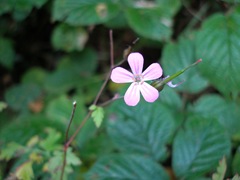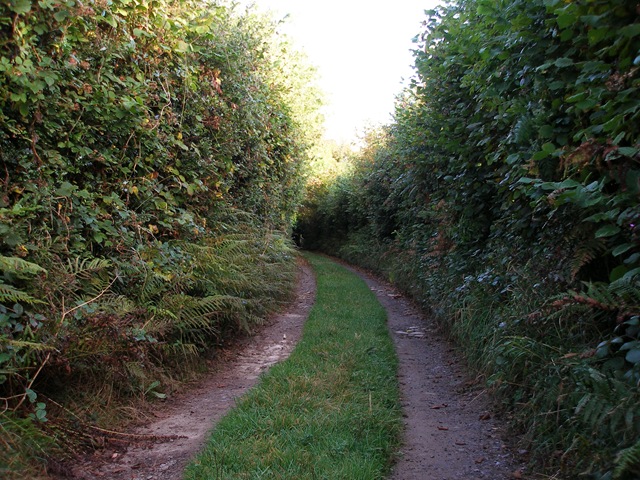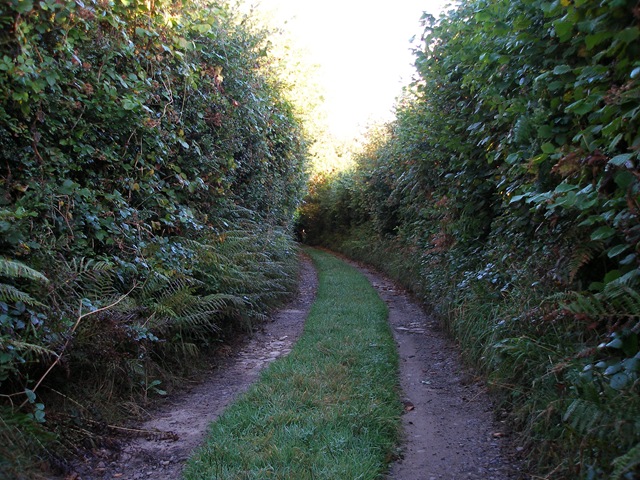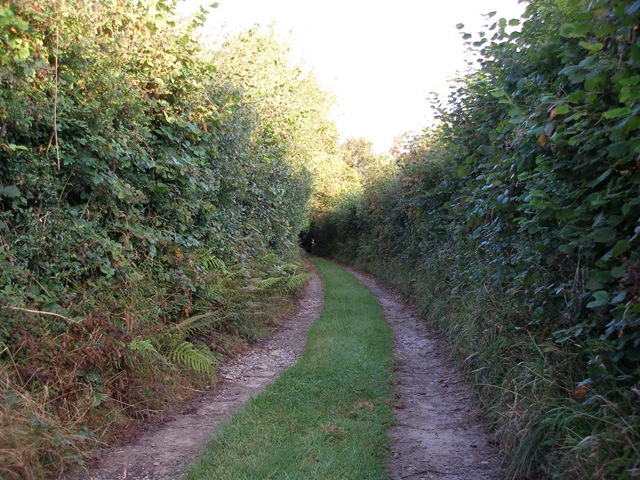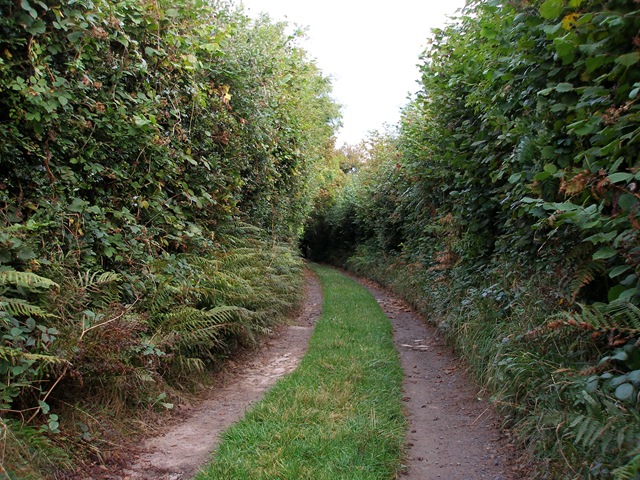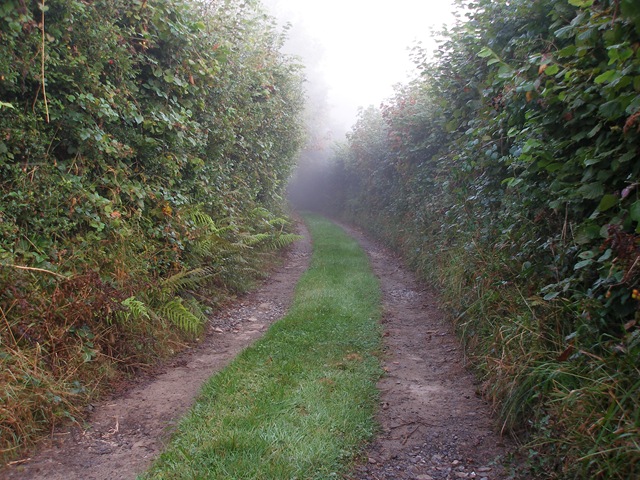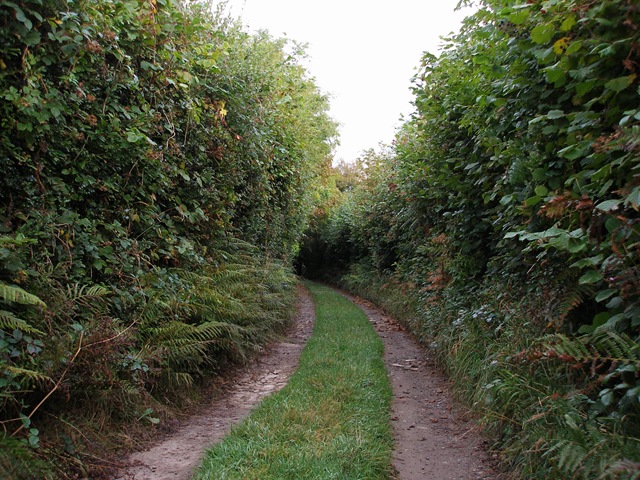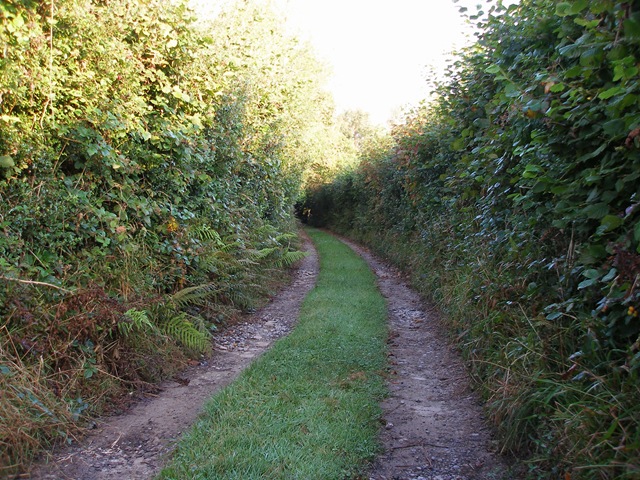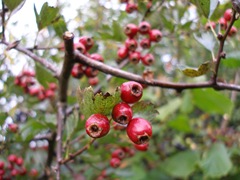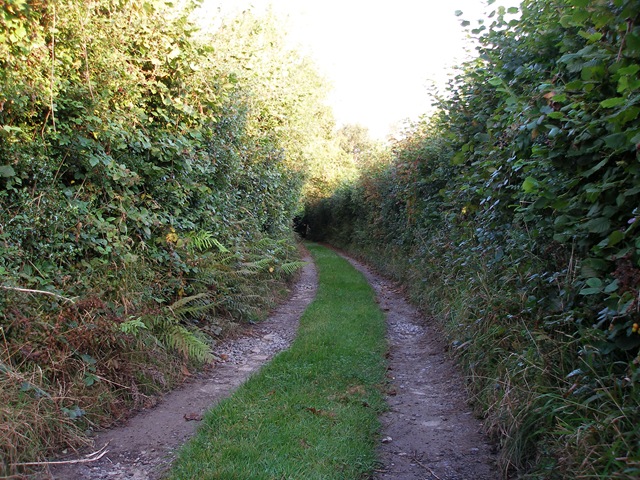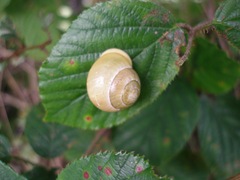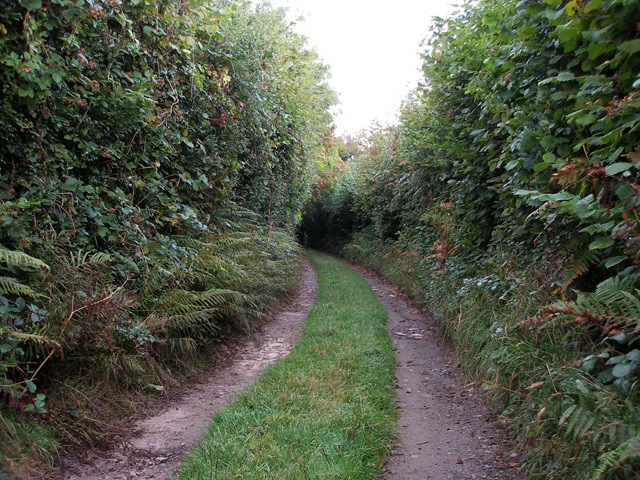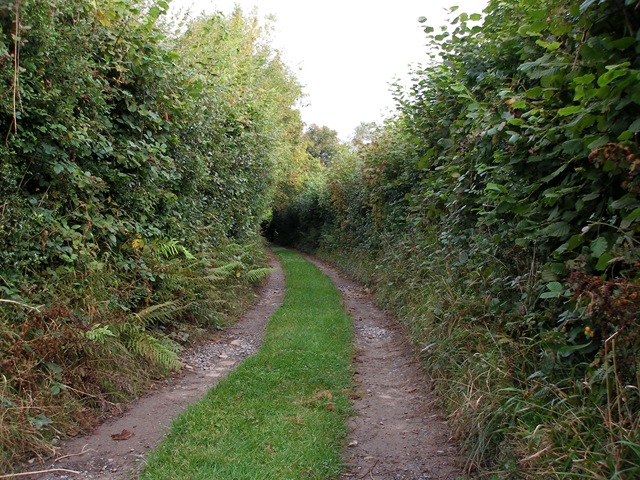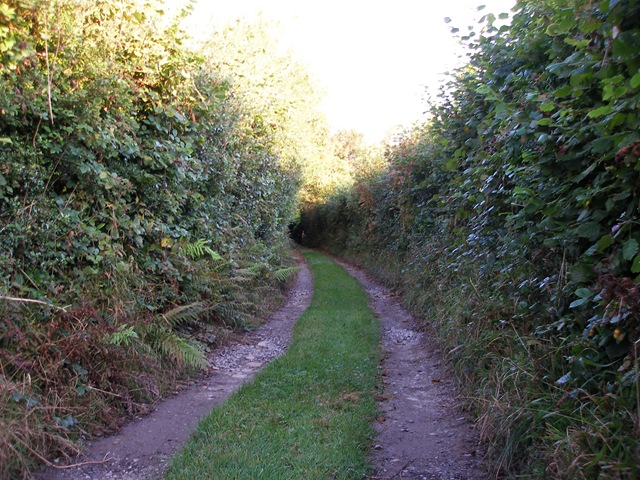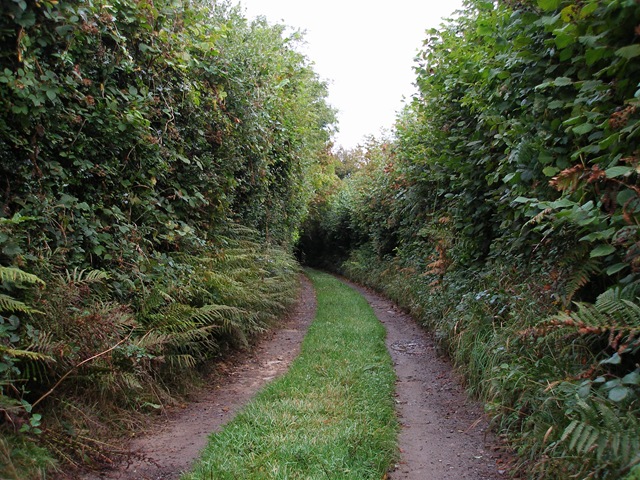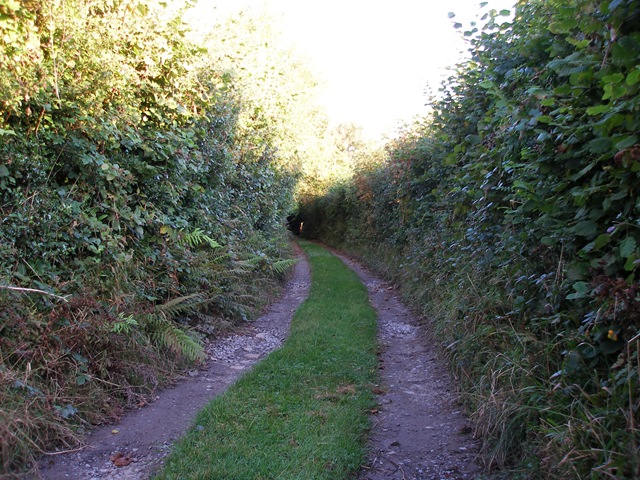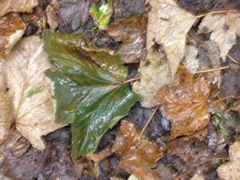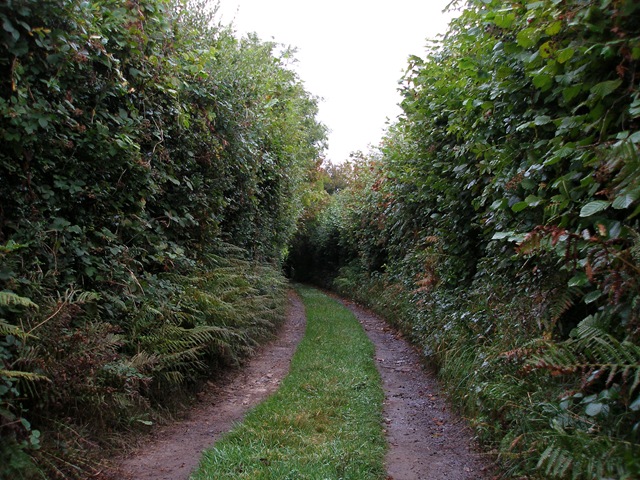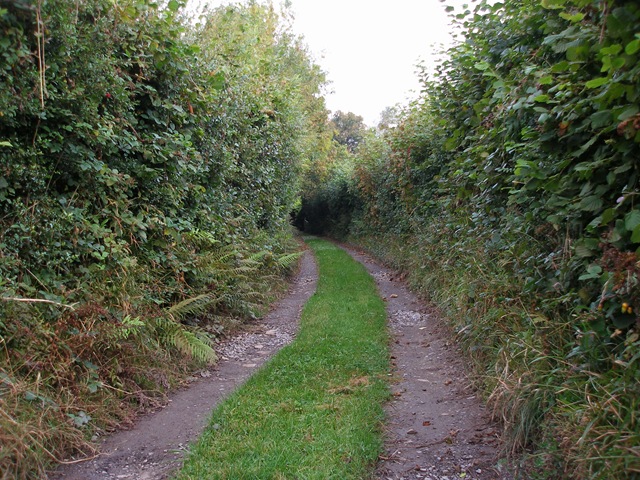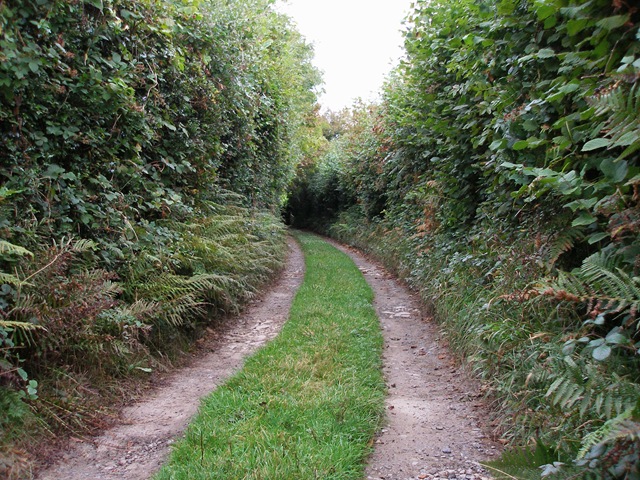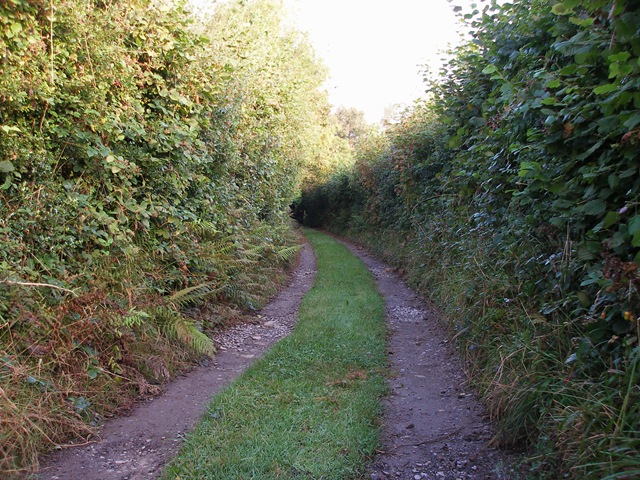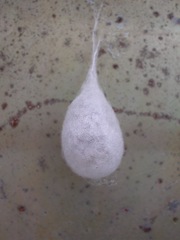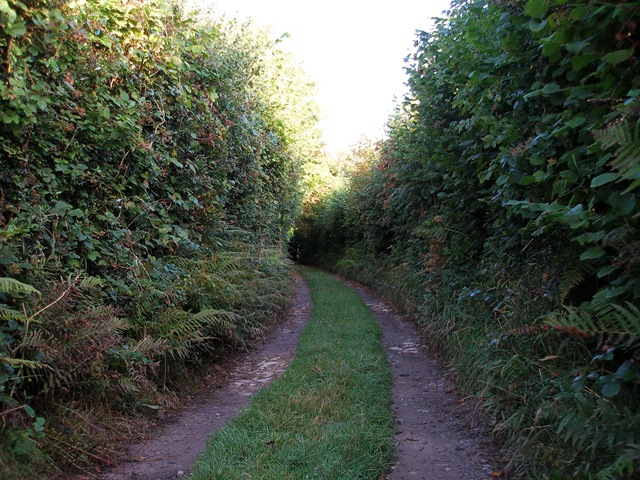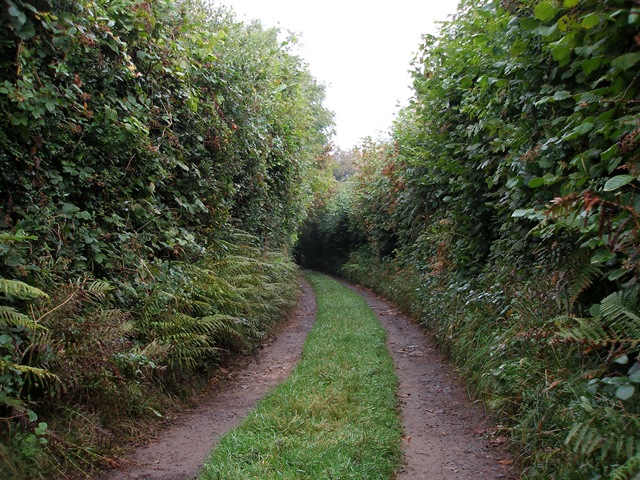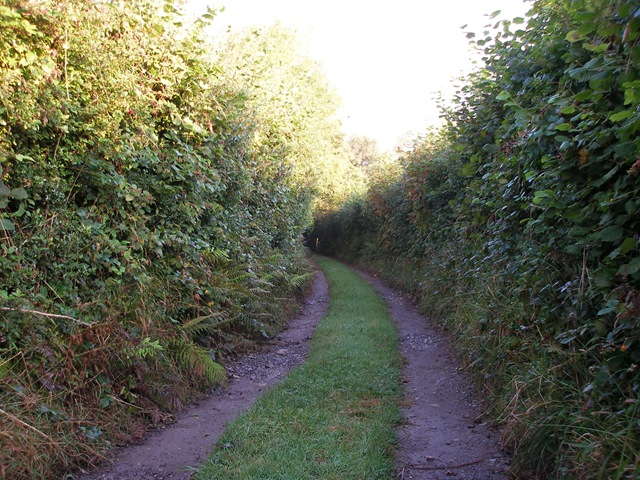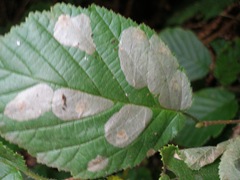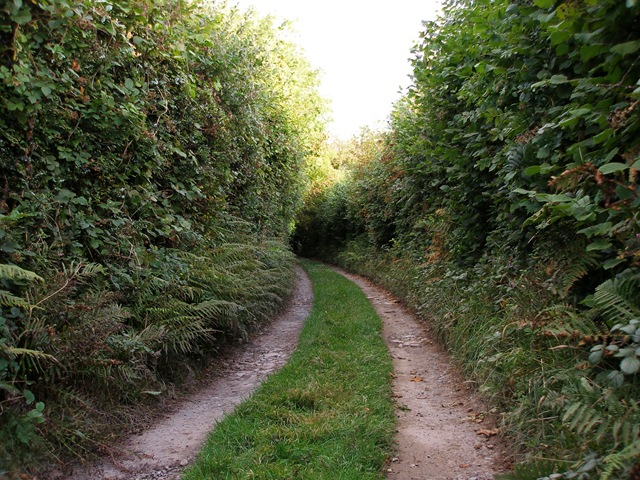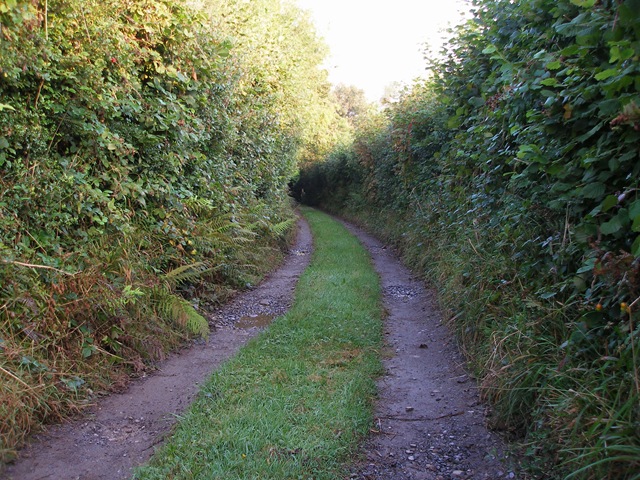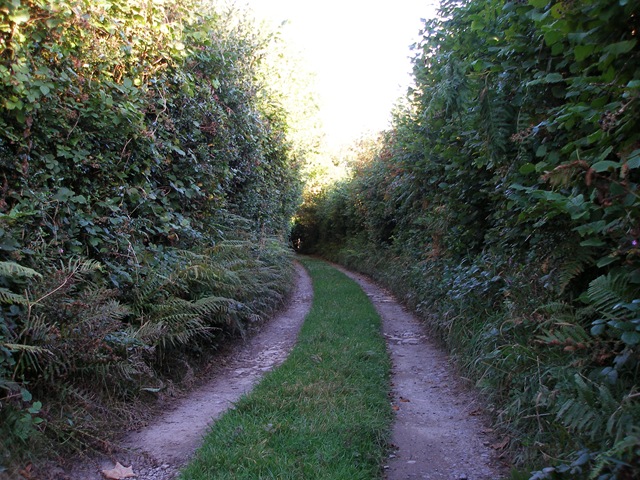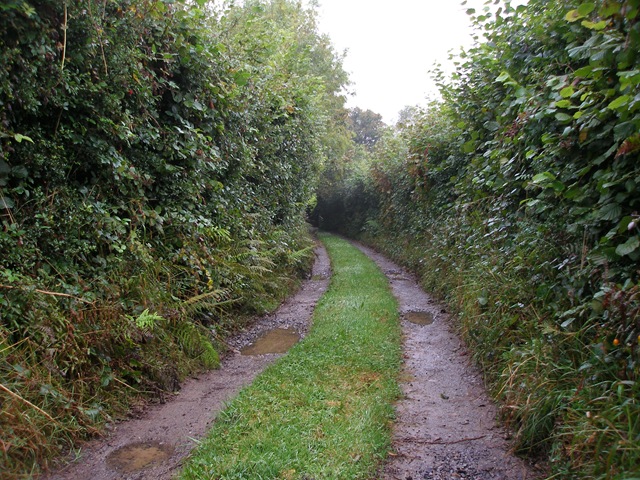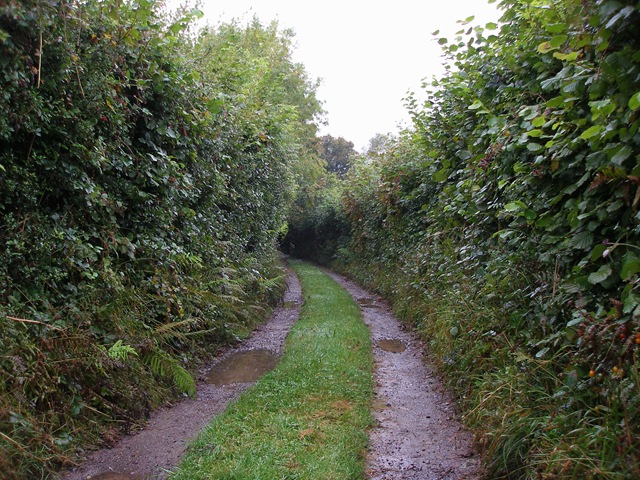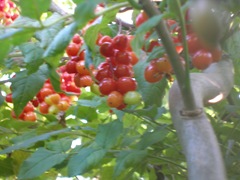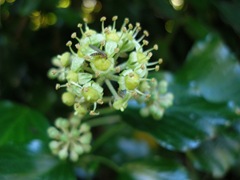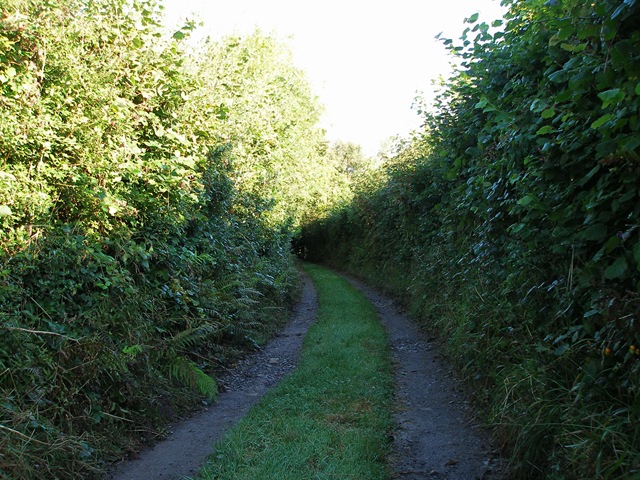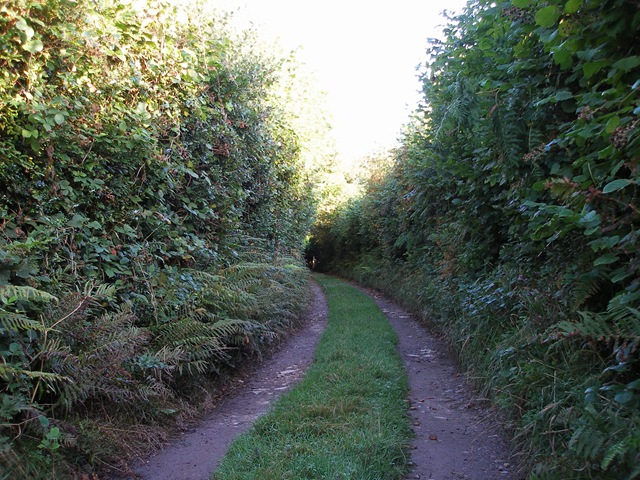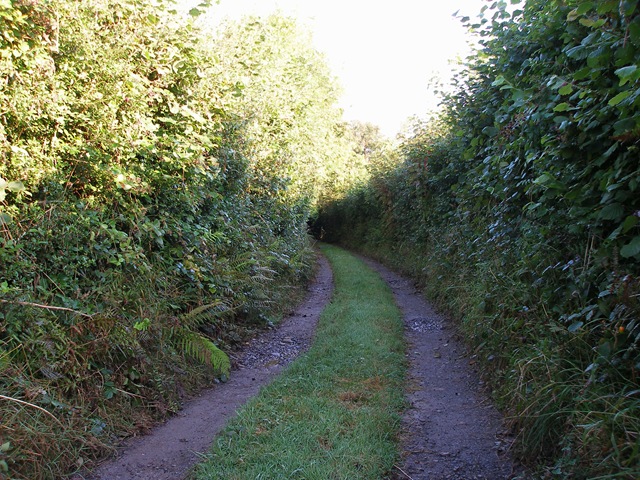Vandalism is an ugly thing and it makes you wonder why anybody would do it against growing things. Yet we found this down the bottom of our land.
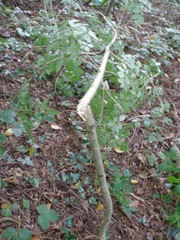 This young Ash tree (Fraxinus excelsior) has been snapped of about 2 foot from the ground.
This young Ash tree (Fraxinus excelsior) has been snapped of about 2 foot from the ground.
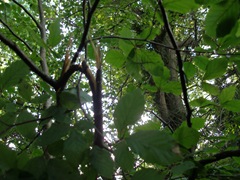 The Beech tree (Fagus sylvatica) has been attacked and branches snapped back even though they were over 6 feet above the footpath.
The Beech tree (Fagus sylvatica) has been attacked and branches snapped back even though they were over 6 feet above the footpath.
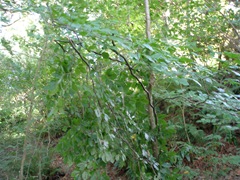 They really hauled on the branches of the Beech to snap them back.
They really hauled on the branches of the Beech to snap them back.
Further along they had pulled up two small Ash trees and threw them to the ground.
We have a footpath running along the bottom of our land along with another along our track that then goes down the drive to the lower piece of land to meet this bottom footpath. It is no blessing having a footpath running through. For some reason when people can enter private property legally as in the case with footpaths, they tend to think that they have carte blanche rights to do almost anything either side of the footpath.
Legally all walkers on a footpath have only a 1 meter area on which they can walk and are not supposed to stray from this, but as you can see they do.
We have found that ramblers or dedicated walkers are the least troublesome of all. They walk to enjoy the area and you do not really know that they have gone through.
The worst of the problems come from locally living walkers. First they start off enjoying the walk, then a kind of dissatisfaction comes into it and they seem to have to take it upon themselves to alter some parts of it in some way, such as trimming back potential overhangs that are feet away from the actual footpath itself.
Anyhow enough of that. We think we know who the culprit was who did this, some evidence points to them but unfortunately not enough to prove. So we just have to repair the damage as best as we can.
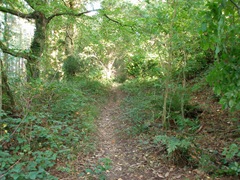 This is part of our bottom footpath where the damage took place, to the right of the picture.
This is part of our bottom footpath where the damage took place, to the right of the picture.
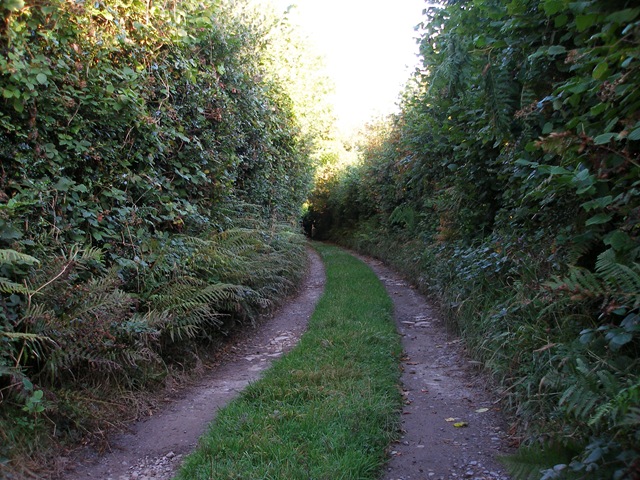 15th September 2009
15th September 2009
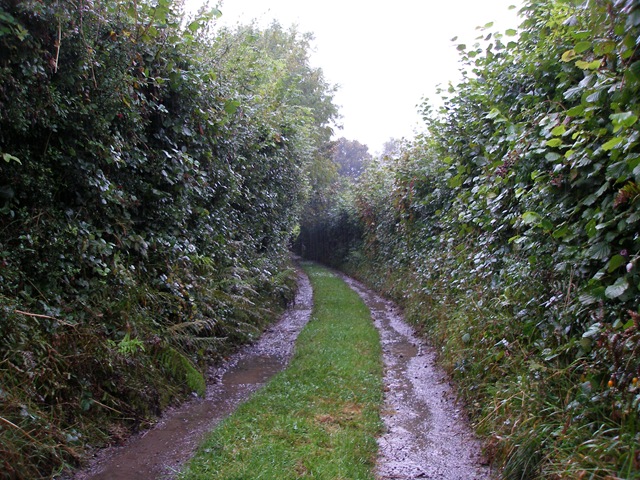 15th September 2008
15th September 2008
